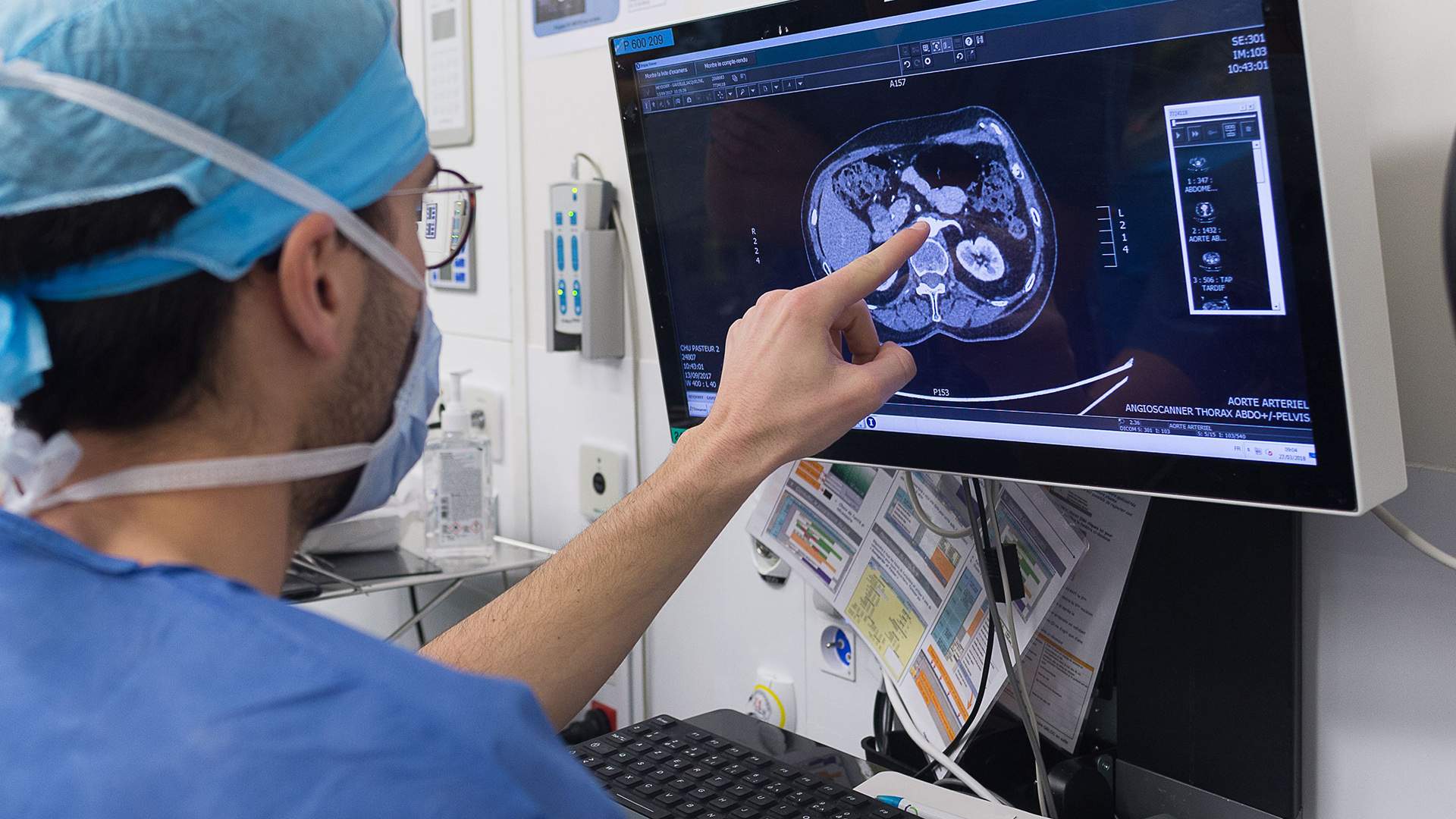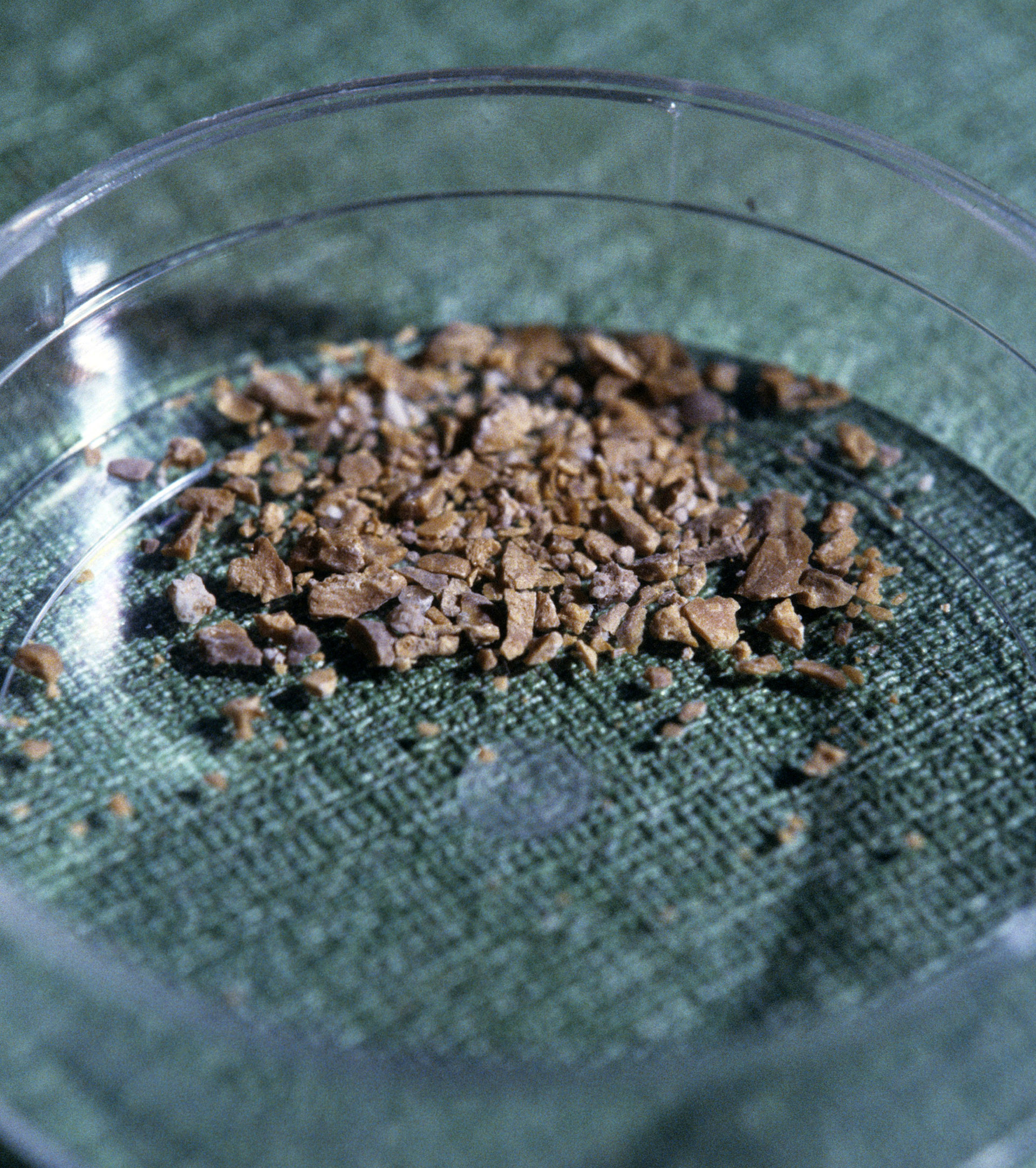- Статьи
- Science and technology
- Kidneys started: new method will reduce the risk of complications after stone removal
Kidneys started: new method will reduce the risk of complications after stone removal

Russian scientists have patented a method of electrochemical determination of the presence of inflammation in patients with pyelonephritis after removal of kidney stones. The method is based on the principle of joulemetry, when a current is measured in biological fluids. The new method has greater diagnostic accuracy compared to general urine analysis, emphasized the experts. How the developed methodology will help to conduct timely therapy of patients and reduce the time spent in hospital - in the material "Izvestia".
What is calculous pyelonephritis
The scientific team of PSU, Razumovsky State Medical University and Sechenov University patented a method of electrochemical determination of the presence of inflammation in calculous pyelonephritis. This is an inflammatory lesion of the calyx-lochanous system of the kidneys, initiated or maintained by the formation of stones, the scientists said.
According to them, the treatment of urolithiasis depends on the size and location of the stone (kidney, ureter, bladder), on the characteristics of the urinary tract, on the general state of health of the patient. In mild cases, when the size of the nodule does not exceed 5 mm and its density is small, resort to conservative methods of treatment for dissolution or its independent departure. In the rest to eliminate the problem requires surgical intervention.

Remove stones can be removed in the following ways: remote lithotripsy (non-contact crushing of stones), endoscopic intervention, percutaneous nephrolithotripsy (performed through a small puncture in the lower back), laparoscopy (access through the abdomen - performed through several skin incisions of 5-10 mm).
However, after surgical intervention in 5-15% of patients have an exacerbation of calculous pyelonephritis, told "Izvestia" head of the 3rd urological department of the 1st University Clinical Hospital named after S.R. Mirotvorcev. S.R. Mirotvortsev, assistant of the Department of Urology of Razumovsky SSMU Dmitry Khotko.
- Its occurrence depends on the activity of the initial inflammation, the type and complexity of the operation, the patient's immunity, and his anamnesis. In such cases, we observe an increase in temperature up to 38 degrees and above, as well as the presence of inflammation according to general clinical blood and urine tests and ultrasound and CT scan data, - he shared .
In order to avoid complications after surgery, to reduce intra-lochanal pressure, drain the renal cavity system with a nephrostomy drain.
- Too early removal of drainage against the background of an active course of pyelonephritis can lead to purulent-inflammatory and septic complications. By blood and urine tests can not always track the inflammatory process at an early stage of its development, and this is very important, - said Dmitry Khotko.
The new method is based on the principle of joulemetry, i.e. assessment of electrochemical properties of biological fluids. The express analysis is carried out with the help of a special device, which includes four sensors, a measuring system and a computer.
Urolithiasis is a chronic disease in which stones form in the kidneys and urinary tract. As a rule, a person does not suspect of his ailment until the stone begins to move. Pain in the lower back and groin area, burning when urinating, the presence of blood in the urine signal stone formation. Stones (concretions) move in the renal pelvis, and can also descend into the ureter, blocking it, disrupting the flow of urine. More than 200 thousand new cases of urolithiasis are detected annually in Russia. Over the past 10 years, its prevalence has increased by about 25% and continues to grow.
How the new method works
The method works as follows: a liquid flow sensor with four electrodes is lowered into a sample of urine obtained from renal drains. Two of the electrodes carry an electric current.
- From the moment the electric current is applied, the instrument records the inter-electrode voltage dependence of the sensor when exposed to the electric current passed through the urine. The obtained data are used to calculate the value of the electric current work with the help of a program for determining joulmetric parameters, - said Professor, Head of the Department of "Medical Cybernetics and Informatics" PSU Sergei Gerashchenko.
Medics recognize the presence or absence of inflammation by the final value of the current. It is determined by two other sensors, which are displayed on the computer.
-Analysis by our method has greater diagnostic accuracy compared to a general urine analysis. When performing the latter, often form elements are not determined due to turbidity of urine, such as blood impurities in it, - added Dmitry Khotko.
Thanks to the proposal of Penza, Saratov and Moscow scientists it will be possible to optimize the postoperative period: to reduce the risk of complications, to choose an individual approach to drainage removal, to reduce the period of hospitalization and repeated medical interventions.
Based on statistical data of urologists scientists, joulemetric allows to determine the activity of pyelonephritis in the postoperative period. This makes it possible to optimize the timing of drainage removal in the postoperative period and reduce the risks of postoperative complications, said "Izvestia" doctor-urologist of the clinic "Semeynaya" Aldar Ochirov.
-Of the recommendations to such patients: compliance with the prescriptions of the attending physician, therapy with decoctions of diuretics and antiseptics, abundant drinking, diet to prevent. Also important are the refusal of bad habits, exclusion of physical exertion for the period recommended by the doctor, - he added.
Electrochemical method of determining the degree of inflammation has already been studied, said Vladimir Stepanov, a urologist andrologist, oncourologist "SM-Clinica". According to him, there are currently more modern methods.
Переведено сервисом «Яндекс Переводчик»




